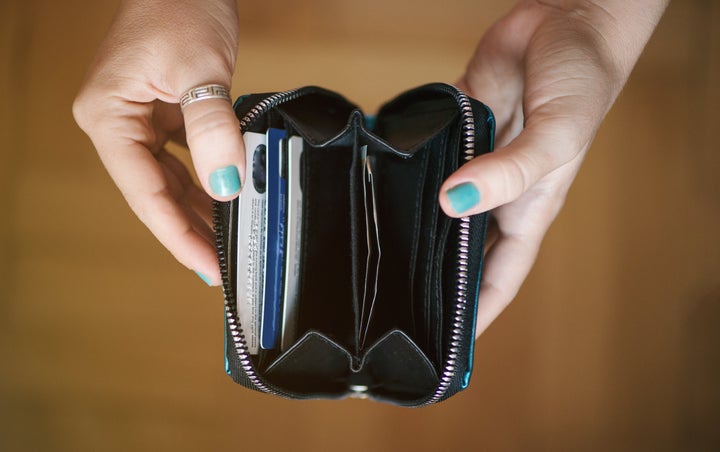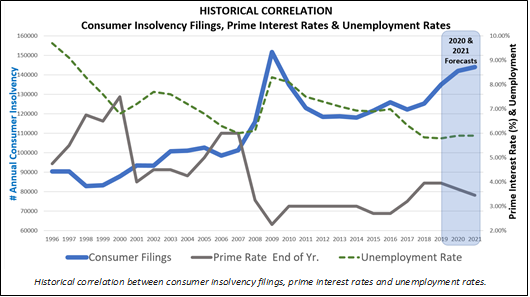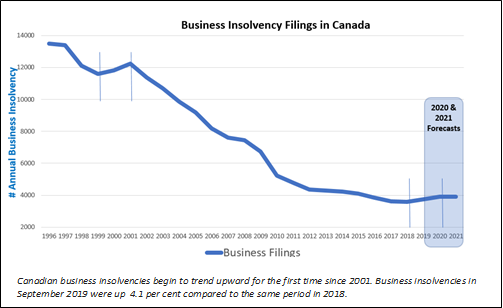
MONTREAL — The experts warned us that last year’s rise in interest rates would take a bite out of Canada’s indebted households, and it seems they were right.
Consumer insolvencies over the past 12 months jumped by 8.5 per cent compared to a year earlier, according to data from the federal Office of the Superintendent of Bankruptcy (OSB).
The data also shows that a decades-long trend of fewer and fewer business bankruptcies has come to an end, with the number of insolvencies rising 4.1 per cent.
Watch: Spending ‘stress test’ might be the fix to millennials’ debt woes. Story continues below.
Over the past year, nearly 134,000 households either filed for bankruptcy or filed a consumer proposal, an alternative to bankruptcy — the highest number since Canada was recovering from the financial crisis a decade ago.
The largest increases were in Alberta (up 15.2 per cent) and Ontario (up 13.4 per cent).
“Sustained increases in living costs and debt servicing costs have created an environment in which more people are struggling to stick to their repayment terms,” said Andre Bolduc, a board member of the Canadian Association of Insolvency and Restructuring Professionals (CAIRP).
Bolduc expects things to get worse before they get better, because there is a lag between rising interest rates and bankruptcies, meaning last year’s interest rate hikes will still be doing damage in the years to come.
“There is a strong correlation between interest rate changes and consumer filings but we see a two to three year lag between rate increases and growth in the number of insolvencies,” Bolduc said in a statement.
CAIRP’s forecast sees consumer bankruptcies rising in 2020 and 2021 to levels near where they were during the financial crisis a decade ago.

“The credit bubble is certainly close to bursting for many more households and we expect the increase in personal insolvencies to continue and potentially accelerate over the next few years,” Bolduc said.
Some relief came this year in the form of slightly lower consumer interest rates, but that trend seems to have reversed itself in just the past few months, with upward pressure on interest rates.
But that temporary decline did manage to improve things somewhat for consumers: Housing affordability has been improving for nine straight months in Canada, National Bank Financial said in a report issued Thursday.
Businesses also appear to be facing more financial difficulties, CAIRP noted, with a two decade-long trend of lower business bankruptcies reversing itself.

Not surprisingly, the struggling oil patch led the way on insolvencies, jumping more than 55 per cent over the past year. But other sectors of the economy have also been hit by higher borrowing costs, including finance and insurance (insolvencies up more than 27 per cent) and real estate rental and leasing (up nearly 15 per cent).
”It is not simply the businesses in energy-producing regions that are struggling,” CAIRP board member David Lewis said.